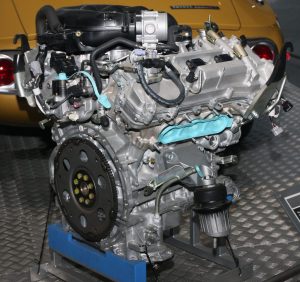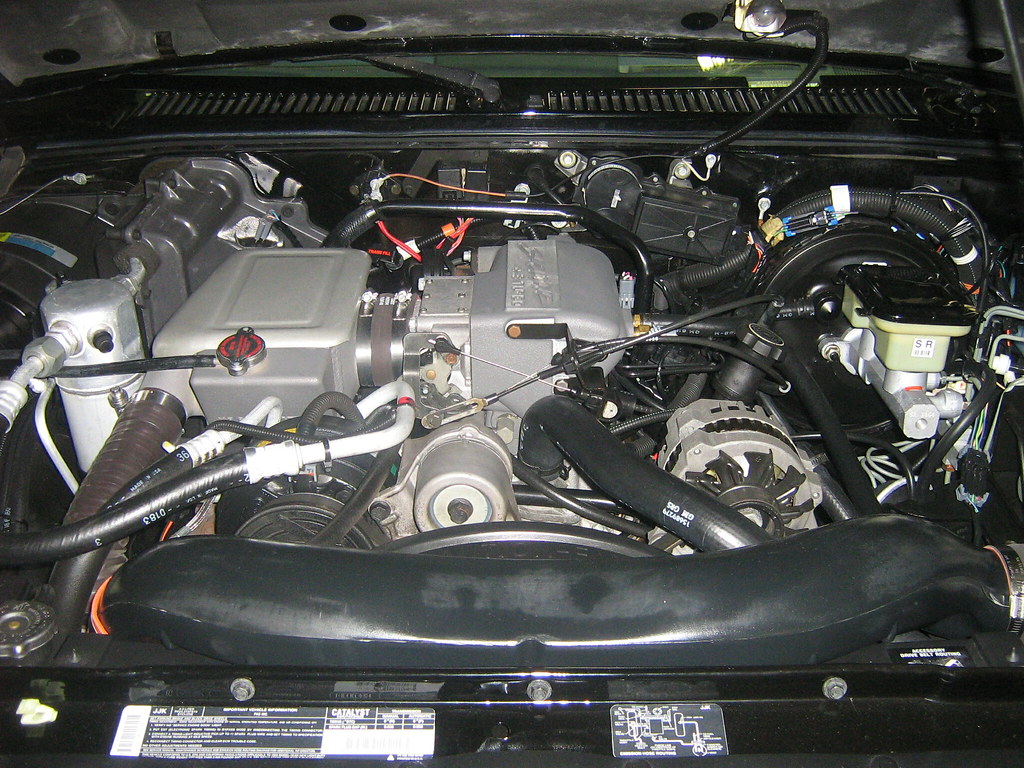TDC Sensor Failures: Symptoms and Remedies
Contents
– Inductive sensor: operation
– TDC sensor failures: symptoms and remedies
– Advantages and disadvantages of the TDC sensor
– TDC sensor: cost of repair
In automotive, the TDC sensor (Top Dead Center sensor), also called “speed sensor”, is an electrical component whose double function is to inform the engine management computer of the position of the engine piston at the top dead center (reference cylinder), as well as the rotation speed of the crankshaft. It is an inductive sensor.
Our article on the top dead center sensor is also valid for the ABS sensor (anti-lock brake system), giving only the wheel speed indication.
Inductive sensor: functioning
A sensor called “active” creates its electrical signal independently of any external power source.
The inductive sensor is composed of a magnetic core (magnet) implanted in the heart of a coil connected to two ends to 2 electric wires connected to the computer. It is fixed opposite a toothed crown integral with the engine flywheel (thus with the position of the reference engine piston). In general, this ring gear has 60 teeth minus 2 consecutive missing teeth (4-cylinder engine).
Good to know: according to the principle of electromagnetism, the movement of these teeth in front of the magnetic core, by disturbing the magnetic field of the latter, creates an induced current proportional to the speed of rotation of the crown.
We visualize a sinusoidal curve with 58 signals of equal period (duration of each signal) + 1 signal of greater period corresponding to the 2 missing teeth on an automotive oscilloscope.
These electrical signals sent to the computer allow respectively by their frequency and their period to determine the engine speed and the position of the reference piston. This information will enable the triggering of the fuel injection and its dosage at the right time (and the ignition point for the gasoline engine).
Note: the double tooth is positioned 120° before the top dead center, i.e. 360: 60 = 6°/tooth, so 120: 6 = 20 teeth before TDC (this is to inform the ECU of the crankshaft position earlier).
TDC sensor failures: symptoms and remedies

Generally, a defective TDC sensor causes an impossibility of starting; the engine does not run. The checks to be carried out are as follows:
Mechanical checks:
– control of the air gap (space between the nose of the sensor and the teeth of the wheel): the value is 1mm ±0.5;
– visual control of the sensor condition (deterioration – clogging – state of the connection).
Electrical checks:
– With a multimeter:
◦ check the resistance of the sensor ( between 300 and 900 Ω depending on the manufacturer) ;
◦ check the continuity of the wires between the sensor and the calculator (0 Ω).
– With an oscilloscope (it is an advanced multimeter representing on its screen the shape of the electrical signal) :
◦ after disconnecting the ECU side connector, we check the sensor on the ECU pinout (which also allows checking the continuity of the link wires) by driving the engine to the starter;
◦ the characteristic electrical signal must appear on the screen.
– With a diagnostic device: once the device is connected to the diagnostic socket, open the “parameters” tab and display the idle speed – by starting the engine at starter speed, a corresponding value of 300 rpm should appear.
Advantages and disadvantages of the TDC sensor
The inductive sensor is a simple sensor design, easy to check without special tools.
But it becomes less adapted to the requirements of the modern techniques, by its essential parasites of signal and the inaccuracy of this signal at low speed (the amplitude of tension varies with speed; thus, this signal is very uncertain below 300t/mn)
Note: it is often replaced by hall effect or magneto-resistive sensors, which are more accurate and generate square wave signals.
TDC sensor: cost of repair
Knowing that the prices are fluctuating according to the brands, the announced prices will be very arbitrary, but in general, a sensor will have an average value of $50 to $80.
If you have the diagnosis and the replacement done by a professional, it will cost you approximately $150 to $200 (1/2 hour of replacement + a diagnosis package + the part price).




